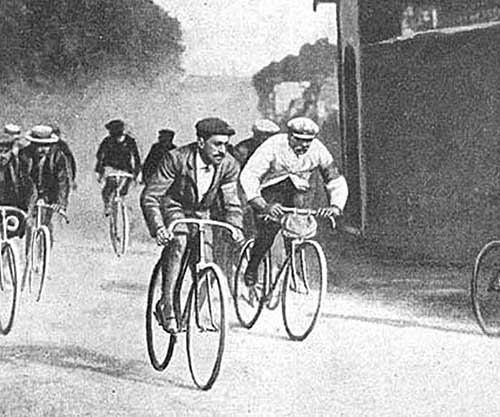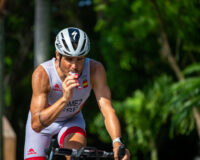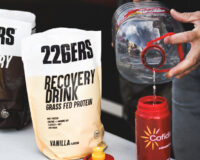The story of the birth of the bicycle is mostly associated with the German baron Karl von Drais, who joined two carriage wheels to a wooden frame in the early 19th century and added a saddle to the frame. Driving was done by pushing with the feet.
who joined two carriage wheels to a wooden frame in the early 19th century and added a saddle to the frame. Driving was done by pushing with the feet.
In 1839, Scottish blacksmith Kirkpatrick MacMillan built the first so-called modern bicycle by attaching pedals to the rear wheel. Since riding a bicycle shook the rider hard (hence the name bone shaker), this problem was solved in 1888 by the Scottish veterinarian John Boyd Dunlop, who added inflatable tires to the bicycle. And in 1897, the bicycle got a freewheel mechanism.
The first homemade bicycle in Estonia was made by Borck, a resident of Tartu, in 1869, but bicycles became more widespread throughout Estonia in the mid-1880s.
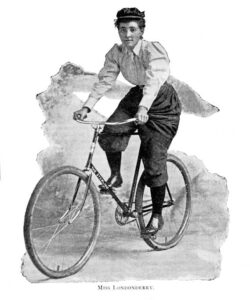
In 1888, cycling societies were created in Tallinn and Tartu, riding lessons, field trips and races were organized. Cycling was initially restricted on many city roads, and as a result, several cycling societies set up their own circuits.
In 1894, the women’s bicycle of the Tartu society was acquired and separate driving lessons were organized for women. Women were active in outings, but did not participate in races.

In 1901, the Kalev cycling company, which is still operating today, was founded in Tallinn.
1903 the first Tour de France bicycle race in history took place, which ran in six stages across France, with a total length of over 2,428 km, and was won by Maurice Garin.
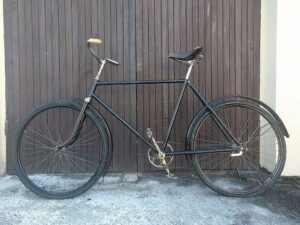
In 1927, Gustavs Ěrenpreis founded his own bicycle factory in Riga, which at that time was the largest in the Baltic States. The factory was nationalized after World War II, renamed the Riga Red Star Bicycle Factory (Sarkanā Zvaigzne) and began producing one of the most popular Riga bicycles of that time.
In the 1970s, the environment and health friendliness of bicycles began to be emphasized in the West, this view reached Estonia in the early 1990s.
Bicycles in use today mainly consist of a frame, wheels, tires, handlebars, saddle, pedals, brake and gear shifting systems. Newer bikes have disc brakes, shock absorbers, electric shifters and electric motors as extras.
The best-known and most used types of bicycles are: road bike, mountain bike, triathlon and individual bike, gravel, city and touring bike, electric bike, trike and scooters.
